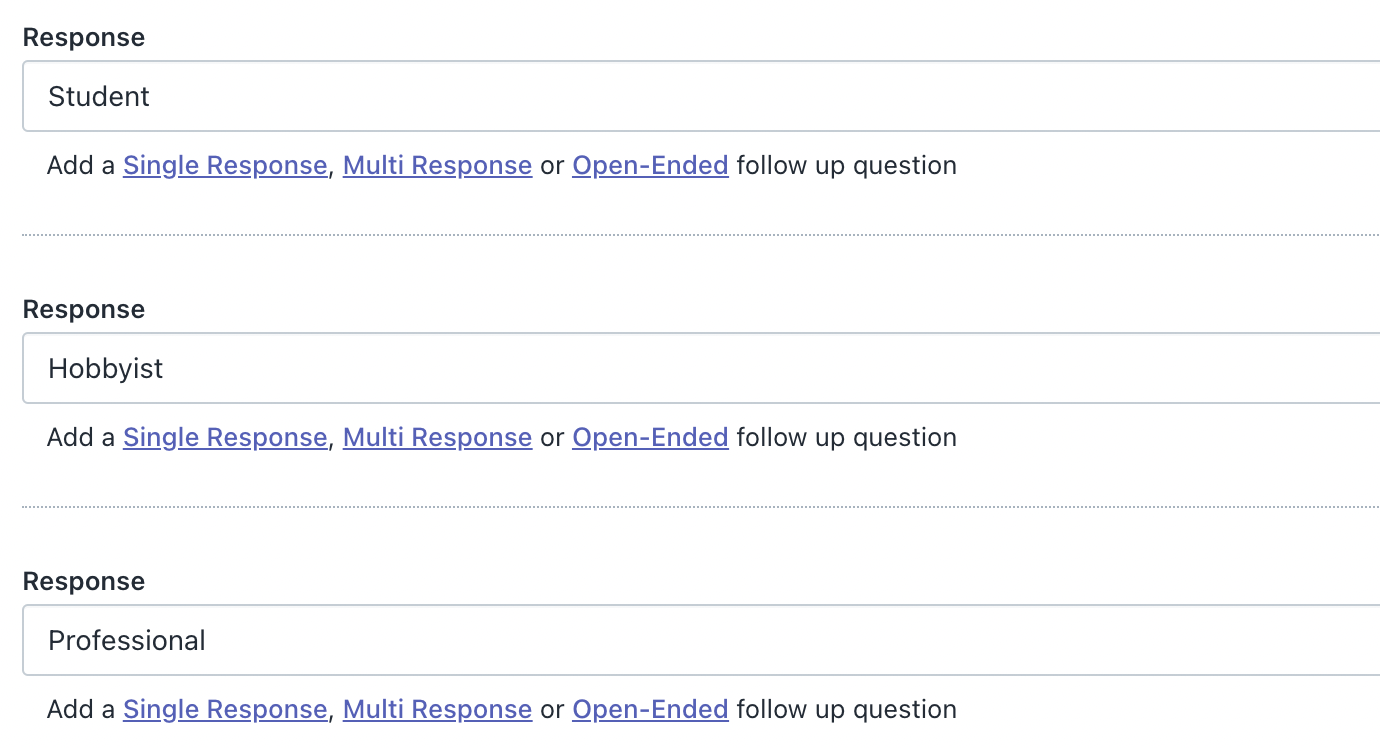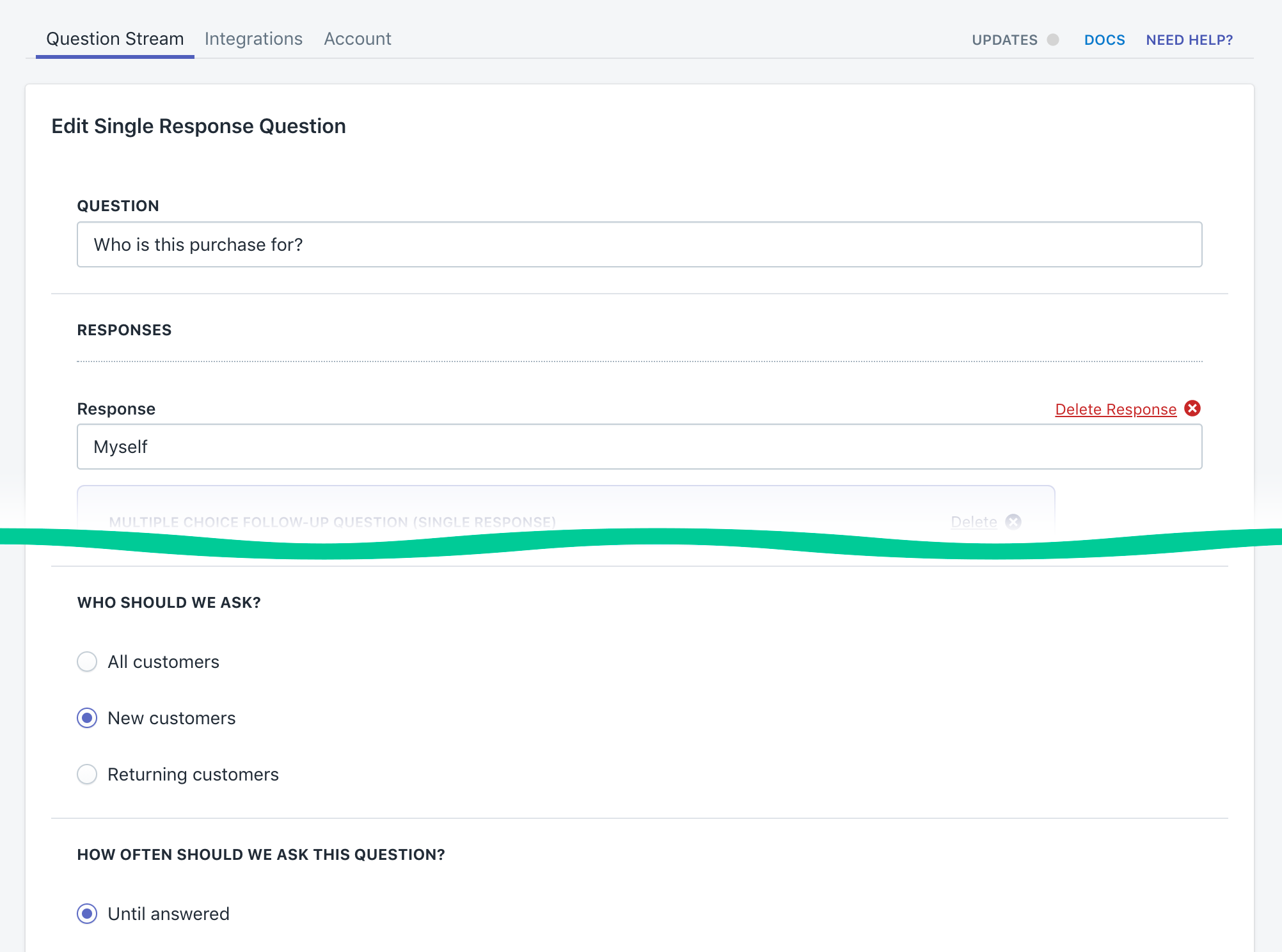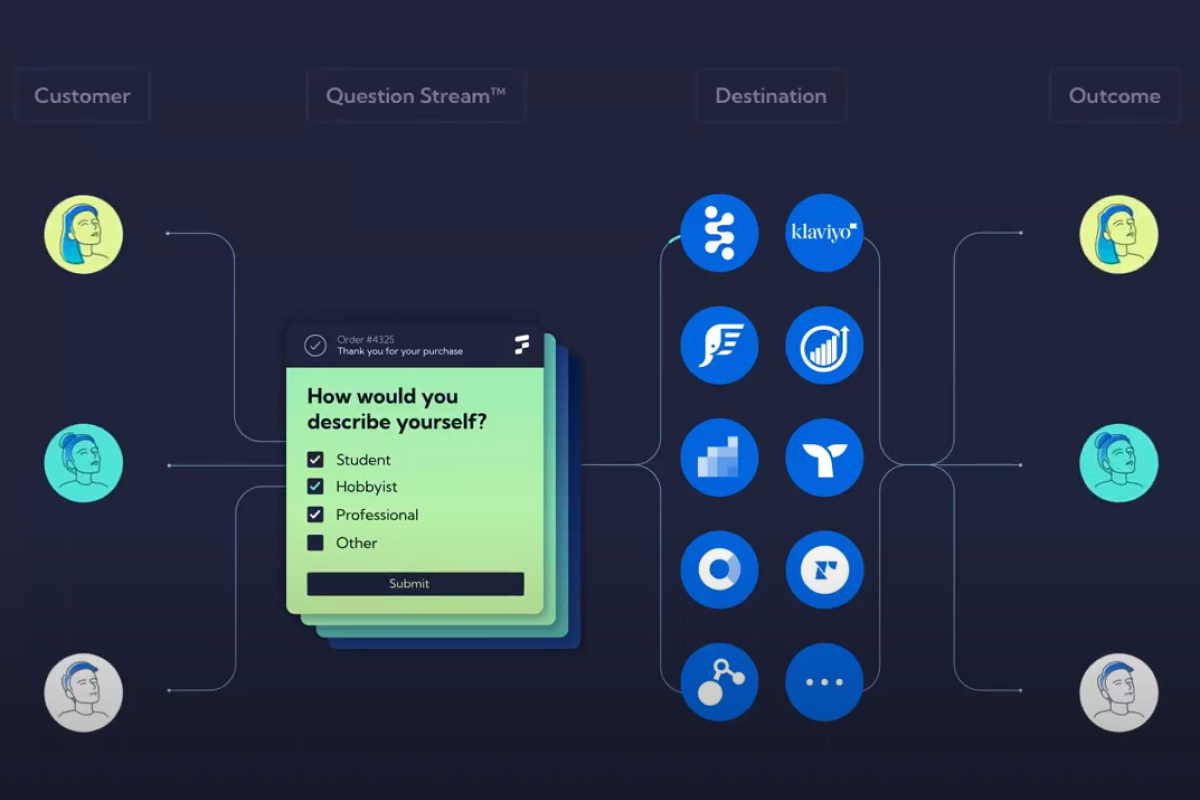What Are Practical Personas?
When it comes to navigating the customer journey, personas have long been hailed as the guiding lights. They've been around for ages, aiming to bring order and clarity to the chaos. But let's face it, traditional personas can be a bit, well, traditional.
These imaginative constructs are born from snapshots captured through customer research, leaving your marketing team to decipher the hidden messages and mold them into fictional characters representing various segments of your audience. But traditional personas lacked the vivacity and agility needed to keep up with the dynamic nature of the modern market.
They are bound by the sluggishness of traditional survey data, where researchers conducted surveys, sifted through data, and analyzed it for actionable insights over the course of months. And when customers don’t respond to those surveys, they need to run for longer periods resulting in benefits for future cohorts of customers rather than those who took the time to participate.
But allow us to introduce you to a better way: practical personas. Practical personas are built on the foundation of real-time, direct-from-consumer (DFC) data, breathing life into personas and giving them an operational purpose. Instead of waiting months for insights, practical personas empower businesses to ask the right questions at the right time, nudging the customer journey ever closer to conversion.
Practical Personas Defined
While traditional personas were constructed through a process of decoding market research and transforming it into fluffy fictitious characters, practical personas take a more straightforward path. Each piece of information in a practical persona should translate into at least one marketing action.
It starts by identifying the pieces of information you need for effective segmentation. Once you've decided what aspects of your customers' identities matter most, you can craft the questions that will unlock those valuable insights. These questions become the compass that guides your brand and the consumer on a shared journey, bringing them closer together with every step.
Let's say you're in the business of selling outfits that make heads turn and hearts skip a beat. You understand that knowing the gender your consumers identify as is a vital piece of marketing information for your brand. So you ask them to self-segment with the question, "What gender do you identify with?" By segmenting your customers into practical personas based on their identified gender, you can tailor your marketing efforts to each of your customers in real-time.
Examples Of How To Build And Use Practical Personas
What information you should gather varies from brand to brand. But if you're already a Fairing customer, you can delve into our Question Bank , a treasure trove of inspiration that will guide you on which questions to add to your Question Stream® . These tools are designed to streamline the customer journey, making your life easier as an ecommerce brand.
For those who haven't started using Fairing just yet, we've got a list of publicly available post-purchase survey questions that you can explore instead.
Let's dive into a couple of examples that showcase how Fairing's Question Stream® can create a shared journey with your customers, illuminating valuable insights along the way.
How Would You Describe Yourself?
Our CEO shared the tale of a niche electronics brand on Subscription Radio that believed a whopping three-quarters of its customers were professionals. But, they decided to put it to the test by simply asking shoppers to self-segment as students, hobbyists, or professionals.

Within just two days, they discovered that professionals made up a mere 20% of their customer base. Talk about eye-opening! This insight opened doors to vast opportunities for expanding their market and refining their messaging. This is precisely the kind of impactful discovery that we've consistently witnessed from brands leveraging Fairing. It's one of the reasons why we highly recommend asking this question as one of the first steps during your 14-day free trial .
Let's take a moment to appreciate the tactical takeaways that this data provides. By creating practical persona segments based on how customers describe themselves, you unlock the power of hyper-relevant messaging and timing retargeting your audience on social media with pinpoint accuracy. By cross-referencing responses to "How did you hear about us?" with these personas, you can uncover under-the-radar marketing channels. Perhaps students are finding you on Reddit, while professionals stumble upon you organically through podcasts. Armed with this knowledge, those channels will gladly run ads for you, boosting your reach and visibility.
Additionally, analyzing the average order value (AOV) across these customer segments can be a game-changer. Until now, your ad purchases and sales strategies may not have been fully optimized for return on investment (ROI). But with persona-segmented AOV metrics in your arsenal, you can target your media spend and profit margin with laser precision, generating optimal ROI.
Who Is This Purchase For?
Post-purchase survey questions possess a remarkable ability to reveal insights from a simple DFC interaction. Let's explore how the learnings from this question can tie directly to marketing actions.
Here are our recommended response options for the question “Who Is This Purchase For?” But don't hesitate to follow your heart and adapt them to your unique market fit:
- Myself
- Friend or family member
- Co-worker or client
- Other

First, any response other than "Myself" automatically segments the shopper as a buyer, rather than a user. This distinction is crucial for your marketing automation workflows, especially if you haven't built a specific workflow for gift-givers. You can nudge gift-givers toward becoming users by ensuring you deliver the most relevant content. They've already cleared numerous hurdles toward conversion. They already know a user of your brand, know what you offer, and where to find it.
Segmenting the gift-giver audience also helps refine your performance metrics. Splitting your customers between Buyers and Users will unveil valuable insights into churn rates and content engagement. By understanding how these two groups perform separately, you gain a clearer picture of your customer relationships and trends.
To make the most of these insights, consider seeking clarification with follow-up questions in your Fairing Question Stream®. For instance:
- "What convinced you to buy this product?" Offers a glimpse into the factors that drove your gift-giving audience to make a purchase.
- "Would you ever consider this product for yourself?" Boldly confronts the opportunity and guides you in routing customers to the appropriate automation workflow based on their response.
- "How will you describe this product to the recipient?" It's a unique and refreshing question that taps into the power of consumer-generated one-liners and keywords.
Conclusion
We've explored the limitations of traditional personas and discovered the power of practical personas fueled by real-time, DFC data. They're built on valuable insights, bringing us closer to our customers and creating a shared journey.
Fairing's Question Stream® can be a game-changer in building and using practical personas. From asking customers how they describe themselves to differentiating buyers and users each question unlocks a treasure trove of actionable insights. By segmenting your audience and tailoring your messaging, you can ensure that your marketing efforts are hyper-relevant, resonating with your customers.
Want to learn how to set up your post-purchase survey for your brand? Read more here.






